Exploring Some Art Styles

As I continue to learn around creating generative art with AI I’m finding it helpful to learn more about art styles. I currently have a list of about 45 styles I’m going to explore through.
Today I was playing around applying them to an AI prompt of a fairly classic sort of picture of a vase of roses with a cat sitting beside it. Well the cat might not be classic but it’s my image so it is now. The image generated by the prompt without a style added is shown in the header.
Let’s explore a sample from my list, more will come in future posts.
Line Art
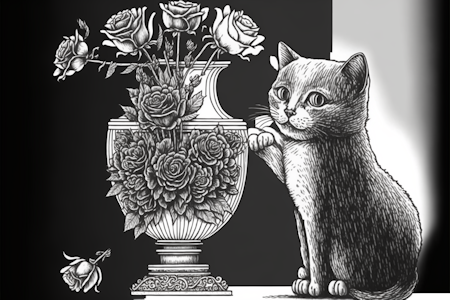
Line art is created using only lines. They can range from simple sketches to complex illustrations. The lines can vary in length and thickness and be drawn with pen, ink, pencil or markers. It’s considered to be a basic form of illustration and is often used in technical illustrations or as a base for other styles to be applied to.
Post-Impressionism
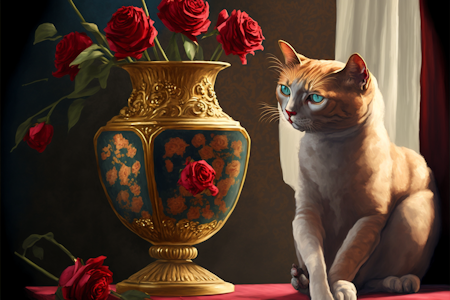
Post-impressionism emerged in the late 19th century as a reaction to the naturalistic style of Impressionism. It uses an emphasis on bright and bold colours in the light. It sought to be more an expression of emotional and symbolic content rather than the object itself. It used techniques like pointillism and divisionism.
Pointillism
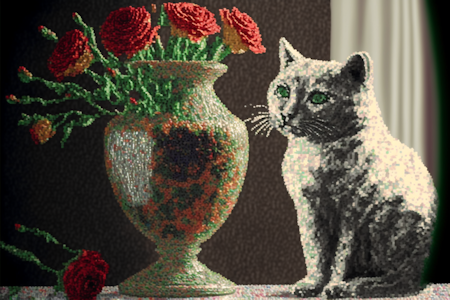
Pointillism is a style of painting that emerged in the late 19th century. It uses small distinct dots of colour to create the illusion of a blended image at a distance. The perception of the image will change to the viewer depending on the distance they are from the image. It’s a precise and time consume technique. The colours used are often bright and intense to create a highly saturated and vibrant image.
Art Nouveau
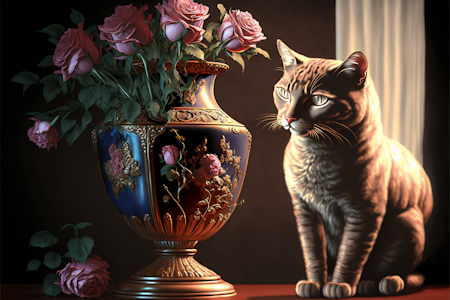
Art Nouveau emerged around 1890 and had faded as a major style by the time of World War 1 but it did continue to influence later styles. It took on a different form depending on the region of Europe or North America it was found in.
Art Nouveau is characterized by the use of curved lines and shapes which is often inspired by natural forms like leaves and flowers. The style often involved the use of materials like steel and glass. Its flowing lines, stylized forms and intricate patterns also had a significant impact on architecture, furniture, jewelry, textiles and graphic design.
Cubism
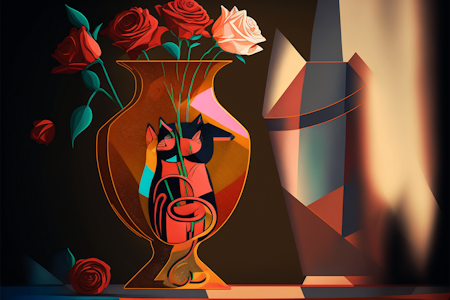
Cubism emerged in the early 20th century and was characterized by the use of geometric shapes and multiple perspectives. The style breaks down it’s subjects into basic geometric shapes and doesn’t strive to depict the realistic physical world. The artist often would work from several different views.
Many consider Cubism to be the first astraction art form as it allows artists to represent 3-D objects on a 2-D surface. It was often used in Sculpture and collage with the geometric shapes becoming more profound in sculptures. It profound influence on 20th century art made it one of the most important art movements of the early 20th century.
Futurism

Futurism emerge from Italy in the early 20th century with an emphasis on tech advances, machine age and dynamic energy of modern urban life. It has a focus on the future and the speed of machines and tech as it seeks to capture dynamism, movement and energy of the modern world.
Futurism often portrayed machines and tech in a celebratory and positive light using geometric shapes and bold, bright colours to convey the sense of speed and movement. It incorporates elements of abstraction and fragmentation to express dynamism and complexity in the modern world.
It had a very strong influence on painting, sulpture, architecture, literature, music, theatre and even the Italian fascist movement of the 1930s
Art Deco

Art Deco was first seen at the 1925 Exposition Internationale des Arts Décoratifs et Industriels Modernes held in Paris and from which its name is derived. It uses geometric shapes and bold colour while incorporating modern materials like chrome and glass.
It’s highly decorative style makes use of geometric shapes, circles, chevrons, zigzags and asymmetrical designs giving it an association with luxury and glamour. The style comes into play in things like architecture, fashion, jewelry and graphic design. You’ll often find its presence in buildings and furniture. In many ways it was more of a decorative style than an art movement.
Surrealism
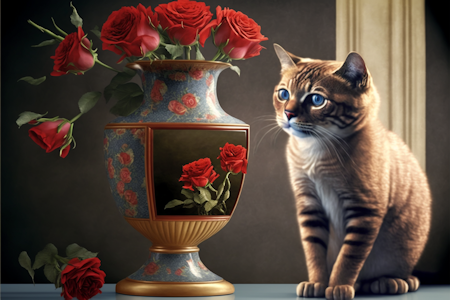
Surrealism emerged into the early 20th century with the use of irrational and dreamlike imagery representing an exploration of the subconscious mind. The movement was led by poet and writer Ande Breton’s 1924 writing of the Surrealist Manifesto outlining the goals and ideals.
Surrealism artists wanted to break free from the constraints of rational and logical thought and to explore the realm of the unconscious mind using free association and automation. The artist would allow the subconscious mind to take over the creation process producing paintings that were often dreamlike or fantastical and evoked a sense of mystery and uncertainty.
How About the Rest of the List?
I’m enjoying exploring the list so far. Expect me back with future parts of the list and examples of what the AI generator creates of them.
Shadowspub writes on a variety of subjects as she pursues her passion for learning. She also writes on other platforms and enjoys creating books you use like journals, notebooks, coloring books etc.
NOTE: unless otherwise stated, all images are the author’s

How to Connect With ShadowsPub:
Twitter: @shadowspub
Instagram: shadowspublishing
Medium: @shadowspublishing
Publishing Website: Shadows Publishing
Nicheless Website: Nicheless & Loving It
(podcast, subscriptions for: Prompt A Day, PYPT Reminder & Newsletter)
Pimp Your Post Thursday (PYPT): join us on the DreemPort Discord12pm EST Thursdays
—————————————-
Get eyes on your content and meet new friends. Join DreemPort.
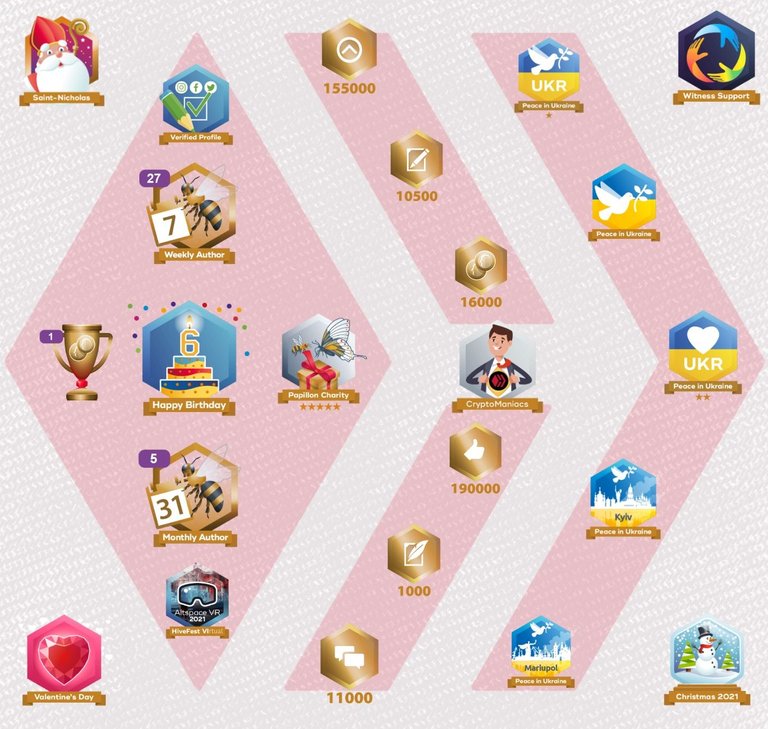
The Post impressionism and the Cubism plus futurism are my best picks but they are all wonderful
Great job well done
They are nice 😊